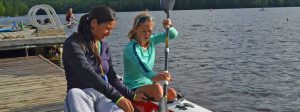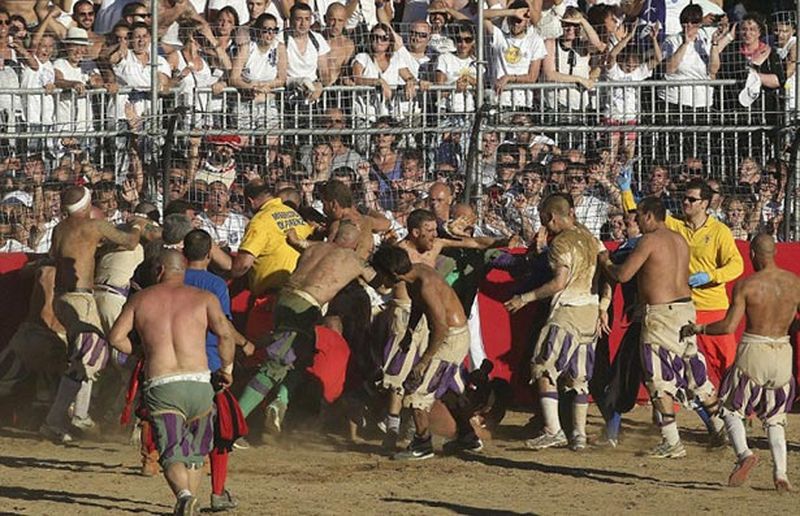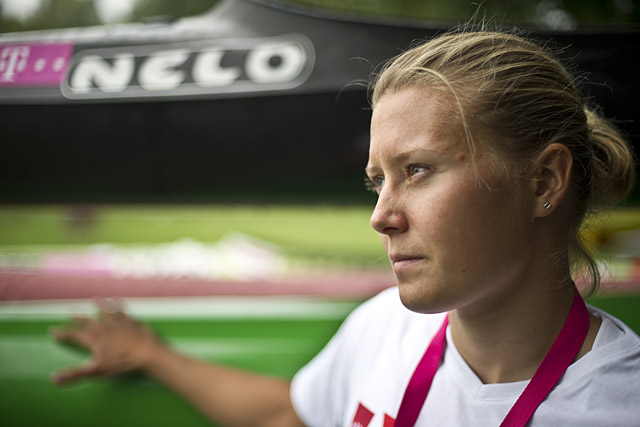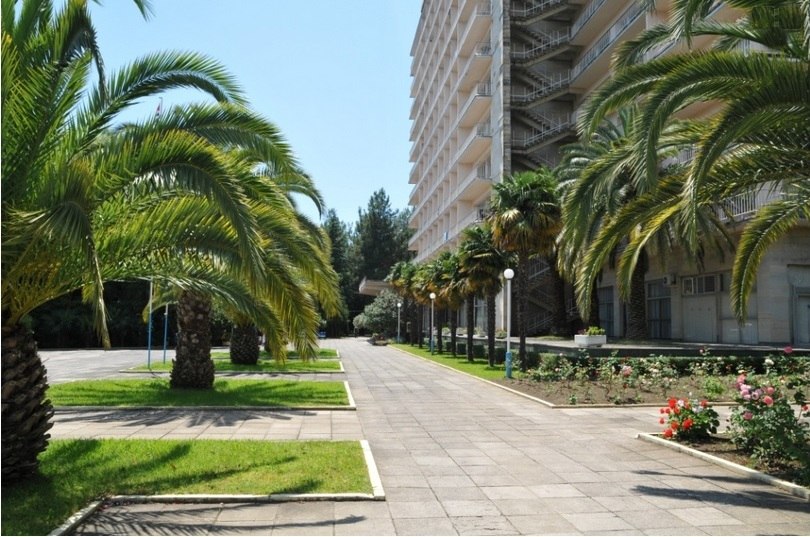The art of being a coach. Profession nuances
 We bring to your attention a chapter from the “Handbook on rowing and canoeing”, written in 2002 by the trainers of the British Canoe Union. Useful reading – only at CanoeSport.
We bring to your attention a chapter from the “Handbook on rowing and canoeing”, written in 2002 by the trainers of the British Canoe Union. Useful reading – only at CanoeSport.
Foreword
One evening I sat on the canal bank and watched the training of four oarsmen. Soon I noticed a man nearby who also followed them closely. Every three or four circles, the rowers approached him and exchanged a couple of phrases. I caught short, strange commands: “once again”, “think”, “more even”. Sometimes the man just smiled, but it seemed that the athletes understood him without words. One of the rowers lagged behind the others and, finally, having overcome the distance, with a sigh, waved his hand: “I know,” and then went to the next round.
I thought then that in this lesson you will learn little, and left, losing interest. Only a few years later I realized that I had witnessed an effective and competent training. The students were involved in the process, the feedback was extremely clear and at the same time concise for them. The coach chose to observe the ideal position and saw everything in full view. A lagging rower noticed his mistakes without prompting and quickly became an independent student.
If I had been more attentive, I would have learned a valuable lesson.
Coach and student are one and the same.
I dare to assume that the learning process and the mentoring process are one and the same. To be a good coach, you have to be a good student. You need to know how people generally learn something, and to use this knowledge with benefit. Then your players will improve quickly and with pleasure.
In fact, the coach teaches rowers to be effective learners. Our main task is to ensure that the time spent on the water or in the hall is not wasted. That is, the goals set for a particular workout must be achieved.
My colleague during the first training with beginners always pursues a very simple goal: to interest them so that no one misses classes during the week. “Only after this,” he says, “can we assume that we have rowers, and it’s time to start training.”
Factor “what if?”
If we observe the work of three different coaches, we will most likely find a lot in common. They can use the same methods and give students similar tasks. However, there is a nuance that distinguishes expert coaches from everyone else. This is a set of options that they use during classes – the so-called “what if?” Factor
The “what if?” Factor is a mixture of experience and reflection that helps the coach decide:
1. why is one method better than another, and when is it time to replace the exercises;
2. why the rower reacts to this or that method in this way and not otherwise.
Photo: K-1 kayaker Natalie Griffis and her trainer Alison Derrick (left), Singapore canoeist Tan Chin Chuen and his trainer Wang Chao (right).
Knowledge of the coach like a tool box. We can use only those tools that are in our box. But since all students and situations are different, we need as many tools as possible. Choose the right – that is the skill of the coach, as the right choice provides the fastest result. Sometimes it is impossible to reach a student with a hammer, because precision of a scalpel is needed. The more in your toolbox (that is, knowledge), the more athletes you can help.
Arsenal coach
In the arsenal of the coach there are four types of knowledge:
1. Technical knowledge;
Knowledge of what to teach the rower, that is, to put it very simply, “knowledge of the stroke.”
2. Procedural (algorithmic) knowledge;
Knowledge of the type of “how”, that is, ideas about methods, exercises and ways with which you can improve performance in problem areas and solve practical problems. The coach can answer the questions: How to do it? How to make it optimal? What are common mistakes?
3. Declarative (descriptive) knowledge;
Knowledge of the type of “what”, that is, knowledge about facts, about objects of the subject area, their properties and relations among themselves. The coach can answer the questions: What is happening? How is it usually? Why is that?
4. Interpersonal knowledge.
The knowledge that each student is individual, and the ability to determine which program and methodology is appropriate for a particular rower at a certain point in time.
Learning stages
Practicing, the students go through three stages of mastery. The coach must accurately determine at what stage the ward is in order to correctly set the tasks. The right task is difficult, but doable.
1. Newbie
At this stage, each action requires reflection. A novice moves in jerks and makes many mistakes. He needs demonstrations, unambiguous instructions, rules and praises.
2. Intern
Some knowledge and skills have already been obtained, now the trainee binds them together and tries to apply them on an ongoing basis. Training is needed under different conditions so that the skills are fixed.




